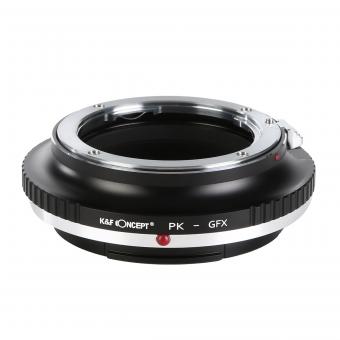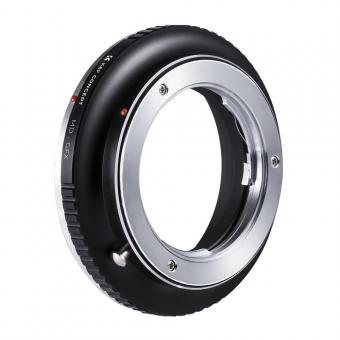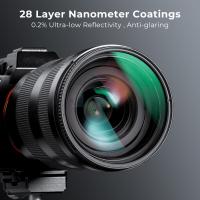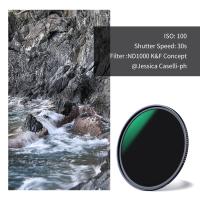Why Are Electron Microscopes Better Than Light ?
Electron microscopes are better than light microscopes because they use a beam of electrons instead of light to magnify the specimen. Electrons have a much shorter wavelength than light, which allows for much higher resolution and magnification. This means that electron microscopes can reveal much smaller details in a specimen than light microscopes. Additionally, electron microscopes can be used to study non-biological specimens, such as metals and crystals, which cannot be studied with light microscopes. However, electron microscopes require a vacuum environment and specialized training to operate, making them more expensive and less accessible than light microscopes.
1、 microscopes?
Electron microscopes are better than light microscopes because they use a beam of electrons instead of light to produce images with much higher resolution. The wavelength of electrons is much smaller than that of visible light, allowing for much greater magnification and resolution. This means that electron microscopes can reveal details at the nanoscale level, which is impossible to see with a light microscope.
In addition, electron microscopes can be used to study a wider range of materials, including metals, ceramics, and biological samples. They can also be used to study the internal structure of materials, such as the arrangement of atoms and molecules, which is not possible with a light microscope.
Another advantage of electron microscopes is that they can produce images in both 2D and 3D, allowing for a more complete understanding of the structure and properties of materials. This is particularly useful in fields such as materials science, where understanding the structure of materials is critical to developing new materials with specific properties.
Finally, recent advances in electron microscopy technology have made it possible to study materials in real-time, allowing researchers to observe dynamic processes such as chemical reactions and biological processes as they occur. This has opened up new avenues of research in fields such as catalysis, drug development, and materials science.
In summary, electron microscopes are better than light microscopes because they offer higher resolution, can be used to study a wider range of materials, can produce images in both 2D and 3D, and can be used to study dynamic processes in real-time.

2、 Higher resolution
Electron microscopes are better than light microscopes because they have a higher resolution. The resolution of a microscope is the ability to distinguish two closely spaced objects as separate entities. The resolution of a light microscope is limited by the wavelength of visible light, which is about 500 nanometers. This means that two objects closer than 500 nanometers will appear as a single object under a light microscope. In contrast, electron microscopes use a beam of electrons to create an image, which has a much shorter wavelength than visible light. This allows electron microscopes to achieve much higher resolution, up to 0.1 nanometers.
The higher resolution of electron microscopes has allowed scientists to study the structure of materials and biological specimens at the atomic and molecular level. This has led to many important discoveries in fields such as materials science, nanotechnology, and biology. For example, electron microscopy has been used to study the structure of viruses, proteins, and other biological molecules, which has led to a better understanding of their function and potential for drug development.
In recent years, there have been advances in electron microscopy technology that have further improved resolution and allowed for the study of dynamic processes in real-time. For example, cryo-electron microscopy has allowed scientists to study the structure of proteins and other biological molecules in their natural state, without the need for staining or fixation. This has led to a better understanding of how these molecules function in living organisms.
In conclusion, electron microscopes are better than light microscopes because of their higher resolution, which has allowed for important discoveries in many fields of science. Advances in electron microscopy technology continue to improve resolution and enable new types of studies, further expanding our understanding of the natural world.

3、 Greater magnification
Electron microscopes are better than light microscopes because they offer greater magnification. This is because the wavelength of electrons is much smaller than that of visible light, allowing for higher resolution and the ability to see smaller structures. In fact, electron microscopes can magnify up to 10 million times, while light microscopes can only magnify up to 2000 times.
In addition to greater magnification, electron microscopes also offer the ability to see the internal structure of cells and tissues in much greater detail. This is because electron microscopes use a beam of electrons to create an image, rather than relying on light waves that can be scattered or absorbed by the sample.
Recent advancements in electron microscopy have also allowed for the visualization of dynamic processes within cells, such as protein interactions and cellular transport. This has led to a better understanding of cellular function and disease mechanisms.
However, it is important to note that electron microscopy also has its limitations. Samples must be prepared in a specific way, and the process can be time-consuming and expensive. Additionally, electron microscopy cannot be used to study living cells, as the high-energy electrons can damage the sample.
Overall, while electron microscopes are better than light microscopes in terms of magnification and resolution, both types of microscopes have their own unique advantages and limitations.

4、 Ability to view smaller objects
Electron microscopes are better than light microscopes because of their ability to view smaller objects. Light microscopes use visible light to magnify and view specimens, but they are limited by the wavelength of light, which is around 400-700 nanometers. This means that they can only resolve objects that are larger than this size. In contrast, electron microscopes use a beam of electrons to magnify and view specimens, which have a much shorter wavelength than visible light. This allows them to resolve objects that are much smaller than what can be seen with a light microscope.
In recent years, advancements in electron microscopy technology have made it possible to view biological specimens at unprecedented levels of detail. Cryo-electron microscopy, for example, allows researchers to study the structure of proteins and other biomolecules at near-atomic resolution. This has led to breakthroughs in our understanding of how these molecules function and interact with each other.
Another advantage of electron microscopes is their ability to image samples in a vacuum, which eliminates the distortion caused by air molecules in light microscopes. This allows for clearer and more detailed images of specimens.
In summary, electron microscopes are better than light microscopes because of their ability to view smaller objects. With recent advancements in technology, electron microscopes have become an essential tool for researchers in many fields, including biology, materials science, and nanotechnology.







































